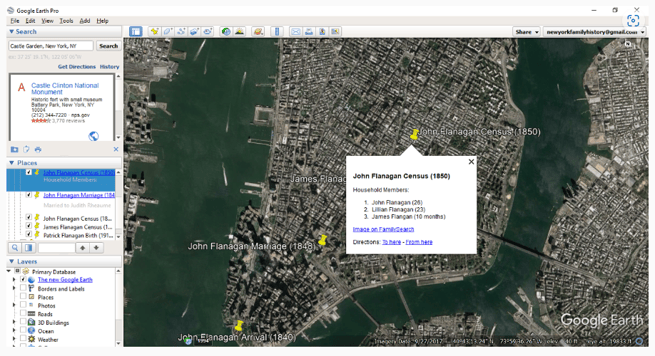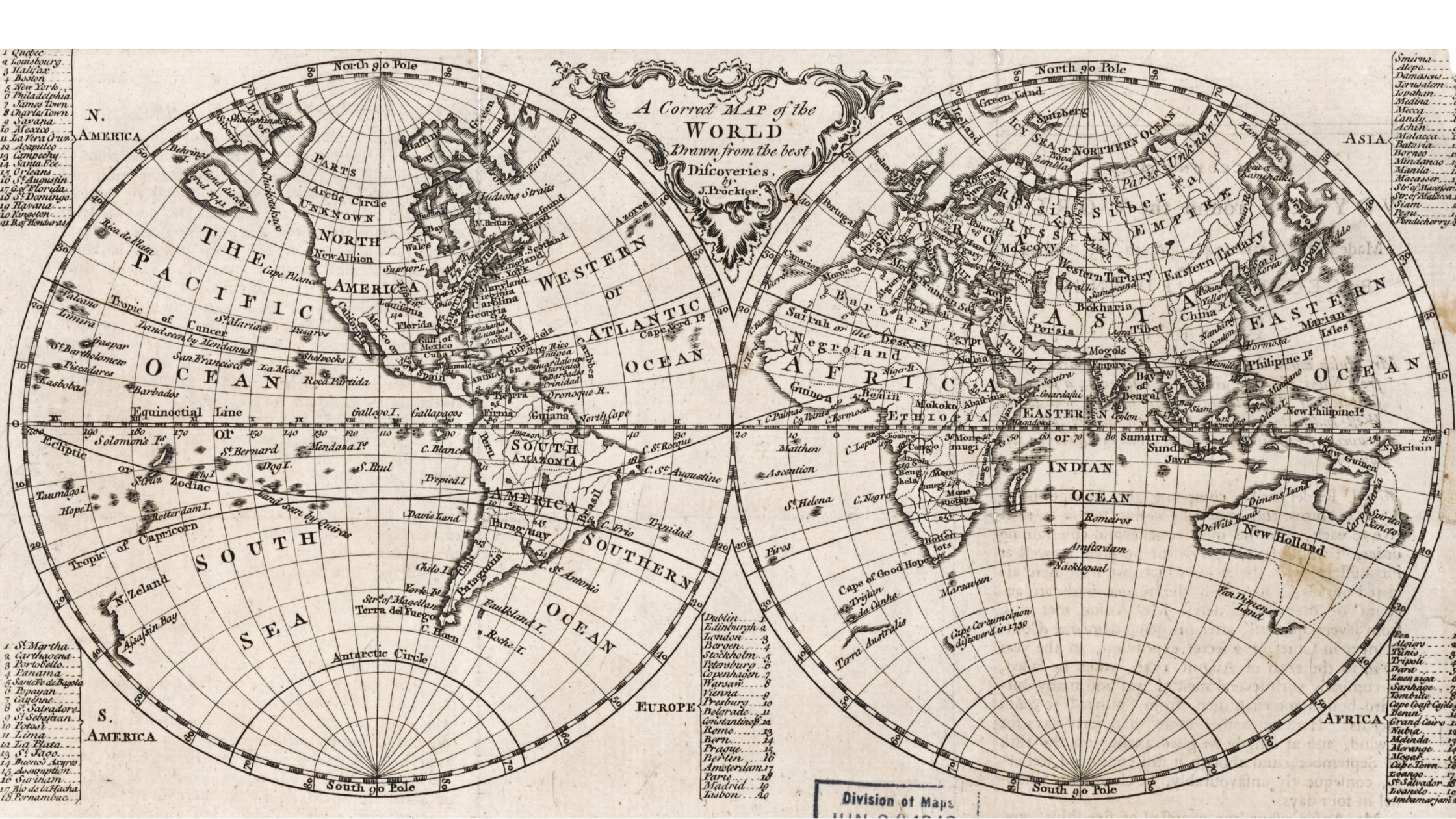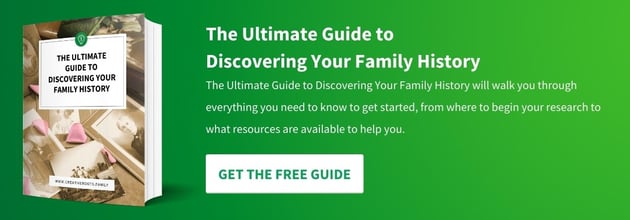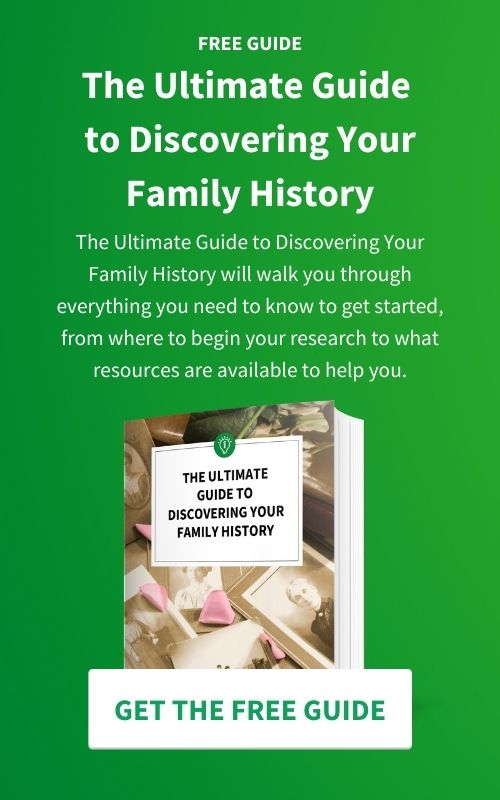Interactive Map of Migration Patterns: Visualize Your Family History Journey
Understanding family history through migration patterns is crucial for several reasons. First and foremost, it helps individuals develop a deeper sense of identity and belonging by uncovering the rich tapestry of their ancestors' journeys and experiences.
By tracing migration patterns, people can connect with their heritage, and cultural roots, and appreciate the diverse backgrounds that have contributed to their existence. It provides a sense of continuity and legacy, instilling a sense of pride and understanding of their place in the world. Secondly, studying migration patterns enables a broader understanding of historical and societal events that shaped families and communities. By identifying patterns of movement, researchers can shed light on the impact of significant events like wars, conflicts, economic changes, and environmental shifts on families lives. This knowledge can contribute to a more comprehensive understanding of history and foster empathy and compassion toward the challenges faced by one's ancestors.
However, traditional ancestry research methods have certain limitations. One key challenge is the availability and reliability of historical records, particularly for marginalized communities whose histories might be underrepresented or lost due to various reasons. Additionally, relying solely on official records can lead to a partial and one-dimensional view of family history, ignoring the rich oral traditions and stories that are passed down through generations. Moreover, migration patterns can be complex, involving multiple routes and interconnected journeys that may not be evident from simple records, making it necessary to adopt a multidisciplinary approach that incorporates anthropology, geography, and other disciplines.
The Value of Visualizing Migration Patterns
An interactive map of migration patterns can significantly enhance the family history research experience by providing a visual and engaging representation of an individual's ancestry. Such a map allows users to explore their family's migratory routes and understand the movement of their ancestors across different regions and countries. By interacting with the map, users can trace their family's footsteps, which not only fosters a deeper connection to their heritage but also helps them comprehend the historical events and factors that influenced their ancestors' movements.
There are numerous benefits to exploring migration patterns and using interactive maps, including simplifying the understanding of complex connections and patterns. By visually representing migration routes and locations, the map allows users to grasp their ancestors' movements intuitively, making it easier to identify trends and correlations. The interactive features enable dynamic exploration, such as zooming, toggling between time periods, and overlaying data sets, facilitating a more engaging and enjoyable research experience. Collaborative opportunities among family members and researchers enhance knowledge sharing, leading to a stronger connection with one's heritage and cultural identity. Overall, interactive migration maps enrich the family history research process, making it accessible, insightful, and meaningful.
Getting Started with the Interactive Map
Introducing our revolutionary interactive map tool for genealogical research! This user-friendly platform allows you to visualize your ancestors' migration patterns across time and regions, offering valuable insights into their journeys and historical context. With seamless navigation and the ability to overlay data sets, our tool makes it effortless to understand complex connections and patterns in your family's history. Collaborate with relatives and researchers, share findings, and unlock hidden stories, making the quest for your heritage an engaging and enriching experience. Embark on a captivating journey through your ancestry, exploring migration paths, and forging a deeper connection to your roots like never before.
Instructions for Using the Interactive Map for Genealogical Research
Google Earth is a powerful tool that can greatly enhance genealogical research. With its detailed satellite imagery, historical maps, and intuitive interface, Google Earth offers unique insights into ancestral migrations. Here's how you can use Google Earth for genealogical migration research:
-
Visualize Ancestral Locations: Use Google Earth to locate and view the places where your ancestors lived. By entering addresses or coordinates, you can zoom in on specific areas and see what those places look like today. This visual context can help you connect with your ancestors' environments and gain a deeper understanding of their lives.
-
Trace Migration Routes: With Google Earth's path-drawing feature, you can trace migration routes based on historical records or family narratives. Overlaying these paths on the map can reveal the journeys your ancestors took across countries and continents, helping you piece together their migration stories.
-
Explore Historical Maps: Google Earth provides access to historical maps, allowing you to compare the past with the present. You can view old maps from various time periods, helping you understand how the landscape and borders may have changed over time and how these changes influenced migration.
-
Utilize Layers and Markers: Google Earth allows you to add layers and markers to the map, which can be helpful for organizing and categorizing your research. You can create separate layers for different ancestral branches or migration periods and add markers to indicate significant events or locations.
-
Collaborate and Share: Google Earth allows you to save and share your work with others. You can collaborate with family members or researchers, allowing them to explore the map and provide valuable input or additional information for your research.
-
Access Google Earth Community: The Google Earth Community offers forums where genealogists and history enthusiasts share their findings and exchange knowledge. You can join discussions, ask questions, and learn from others' experiences in using Google Earth for genealogical research.

Google Earth offers users short training sessions depending on their needs. Don't forget to download the desktop app and refer to their training options page Google Earth Learn.
Deciphering Migration Patterns through the Map
The interactive map for genealogical research provides valuable insights into migratory trends, social and economic factors, and cultural exchanges within your family's history. By visualizing migration routes, users can discern recurring patterns and shifts in movement over time, shedding light on their ancestors' adaptive strategies and motivations for relocation. Overlaying data sets of social and economic factors helps users correlate migration with significant historical events, offering a deeper understanding of the challenges and opportunities their ancestors encountered during different periods. Moreover, the map reveals cultural exchanges as it traces migration routes across diverse regions and countries, showcasing the intermingling of traditions, languages, and customs that contribute to the rich tapestry of family heritage. This comprehensive perspective enables a better appreciation of the complex forces that have shaped one's lineage and cultural identity.
Examples of Migration Patterns Seen on Maps
In each of these examples, the historical context provides essential insights into the motivations and circumstances behind the migration patterns observed on the map. By understanding the events and factors that shaped these movements, researchers can develop a deeper appreciation of their ancestors' experiences and the broader historical forces that impacted their lives or genealogical research provides valuable insights into migratory trends, social and economic factors, and cultural exchanges within your family's history. By visualizing migration routes, users can discern recurring patterns and shifts in movement over time, shedding light on their ancestors' adaptive strategies and motivations for relocation. Overlaying data sets of social and economic factors helps users correlate migration with significant historical events, offering a deeper understanding of the challenges and opportunities their ancestors encountered during different periods. Moreover, the map reveals cultural exchanges as it traces migration routes across diverse regions and countries, showcasing the intermingling of traditions, languages, and customs that contribute to the rich tapestry of family heritage. This comprehensive perspective enables a better appreciation of the complex forces that have shaped one's lineage and cultural identity.
- Colonial Expansion: During the colonial era, European powers established colonies in different parts of the world. The map might reveal migration patterns of families from Europe to these colonies, driven by the desire for economic opportunities, land ownership, or religious freedom. These migrations often shaped the demographic landscape of the colonies, leading to the emergence of diverse cultural communities.
- Westward Expansion: In the United States, the 19th century saw significant westward migration as settlers moved from the eastern states to the western frontier. Land availability, economic prospects, and the promise of a better life fueled this migration. The map may display the gradual movement of families and communities as they ventured into new territories, contributing to the expansion and development of the nation.
- Forced Migrations: Historical events, such as the transatlantic slave trade and forced relocation of indigenous communities, have caused significant forced migrations. The map could show the harrowing paths of these forced movements, highlighting the inhumane treatment endured by these marginalized groups and the impact on their descendants' lives.
- Immigration Waves: Immigration waves to specific countries during certain periods can also be evident on the map. For instance, during economic booms or times of political unrest in their home countries, people might have migrated en masse to seek better opportunities or safety. These patterns can help uncover the influence of global events on the movement of families and the formation of diaspora communities.
- Urbanization: Industrialization and urbanization in the 19th and 20th centuries led to significant rural-to-urban migration. The map could demonstrate how families left rural areas to find work in growing cities, reflecting the profound societal changes that accompanied industrialization.
Complementing Traditional Ancestry Research Methods
The interactive map complements traditional ancestry research methods, providing a more holistic understanding of family history. By visualizing migration patterns, users can gain valuable insights into their ancestors' journeys and the historical context surrounding those movements. Integrating the map with traditional research methods, such as census records, vital documents, and oral histories, enhances the overall genealogical experience, offering a comprehensive view of one's heritage.
To maximize the map's potential, users can identify areas for further research. Here are some tips:
- Explore Unexplored Geographical Regions: The map might reveal migration routes to unfamiliar regions. Conduct additional research on the history, culture, and societal context of those areas to gain a deeper understanding of why your ancestors may have chosen to settle there.
- Investigate Gaps in Time Periods: If certain time periods have fewer migration patterns, it could indicate missing or incomplete data. Delve deeper into historical records and family archives to fill in these gaps and complete your family's migration narrative.
- Look for Cultural Exchange Points: Identify areas where diverse cultures intersected along migration routes. Research the histories of these cultural exchange points to comprehend the impact of cultural assimilation and integration on your family's identity.
- Trace Major Historical Events: Overlay historical events, such as wars or economic booms, on the map to determine how they influenced migration. Explore the consequences of these events on your family's movement and the communities they became a part of.
- Collaborate with Others: Engage with relatives and researchers to share the map's findings and seek input. Collaborative efforts may unveil additional family stories, anecdotes, and connections that enrich your family history research.
In conclusion, understanding family history through migration patterns is invaluable for personal and historical reasons. It offers a sense of identity and belonging while shedding light on the broader historical context in which families and communities have evolved. Nevertheless, traditional ancestry research methods have limitations, necessitating a more inclusive and multidisciplinary approach to unveil the diverse and intricate narratives that constitute our shared human heritage.
By utilizing the interactive map alongside traditional research methods and following these tips, researchers can create a more complete and nuanced picture of their family's past. The integration of visual representation with historical data empowers individuals to delve deeper into their heritage, fostering a deeper connection to their roots and a more profound appreciation for the complex journey of their ancestors.
This immersive experience fosters a deeper appreciation for human history, the resilience of past generations, and the diverse cultural heritage that contributes to our identities today. Embark on a captivating journey into your ancestry, using the interactive map to unlock the fascinating narratives of your family's migration patterns and connect with your roots in a new and meaningful way.
To delve deeper into family tree construction and related topics, check out these related blogs.

Article by Carol Walsh
Carol Walsh is the CEO of Creative Roots, a professional genealogy company. She has a passion for preserving family history and storytelling. Carol's research methodology centers around fact-finding and publishing in a format that readers can use to preserve the stories. Her ultimate goal is to help families connect with their past and each other.






